Semi-trailer trucks, often colloquially referred to simply as “semis,” are vital in the transportation industry, serving as the backbone for moving goods across extensive distances. Their dimensions play a crucial role in determining their usability, regulatory compliance, and overall efficiency in logistics. In this article, we delve deep into the various aspects of semi-trailer truck sizes, exploring their dimensions and how they can impact transport operations.
What is a Semi-Trailer Truck?
A semi-trailer truck consists of two main components: the tractor (the front section that contains the engine and driver) and the semi-trailer (the cargo-carrying part that is attached to the tractor and rests on its own wheels). Unlike traditional trailers, semi-trailers rely on their connection to the tractor for support, leading to unique design characteristics.
Key Components of a Semi-Trailer Truck
| Component | Description |
|---|---|
| Tractor | The powered vehicle that pulls the semi-trailer. |
| Semi-Trailer | The cargo-carrying unit designed to be towed. |
| Fifth Wheel | The coupling mechanism that connects the tractor and the trailer. |
| Axles | Structural elements that allow for weight distribution and maneuverability. |
| Tires | Provide traction and support for the vehicle’s weight. |
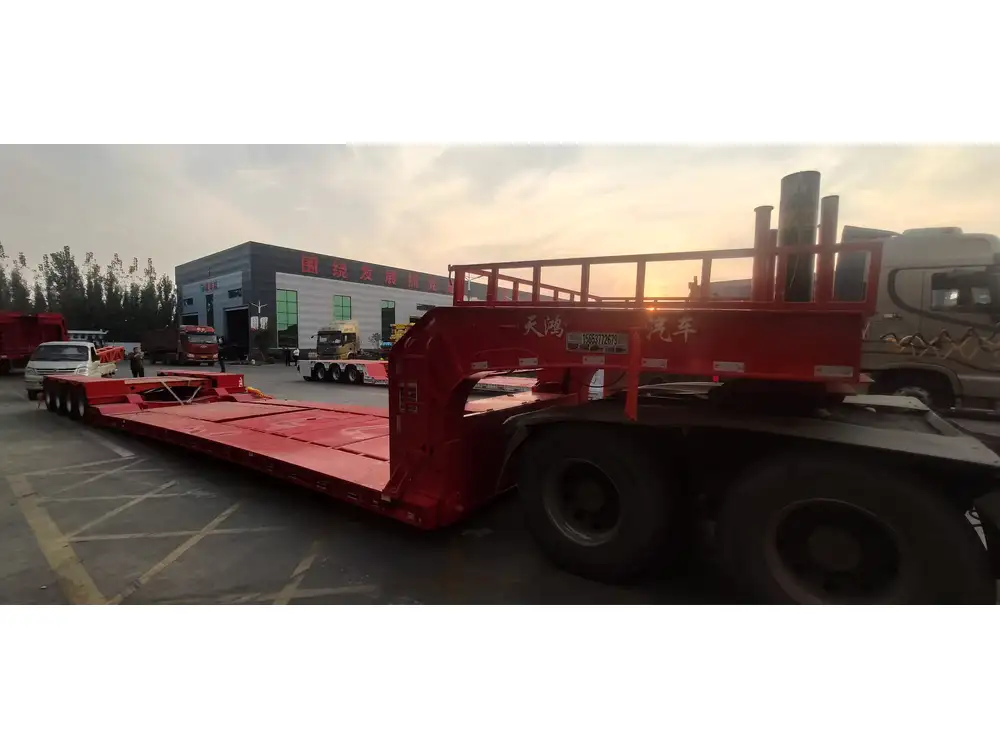
Semi-Trailer Dimensions: An Overview
1. Length
The legal maximum length for semi-trailers varies significantly based on regional regulations. In the United States, the typical semi-trailer length ranges from 28 to 53 feet.
- 28-foot Trailers: Often used for shorter hauls or specific light-load operations due to their maneuverability.
- 53-foot Trailers: Common in freight transportation, accommodating larger loads and offering more cargo space.
2. Width
Width is another critical factor. The standard maximum width for semi-trailer trucks is 8.5 feet (102 inches). This dimension allows the truck to remain compliant with Federal regulations while maximizing cargo capacity.
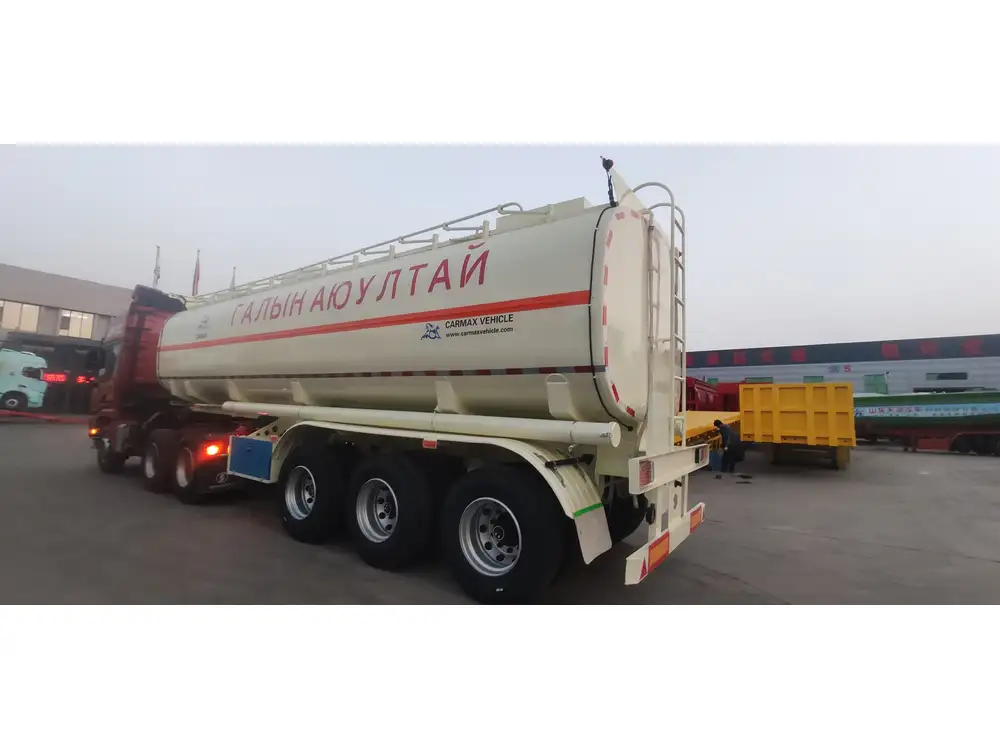
3. Height
The height of a semi-trailer typically ranges from 13.5 to 14.5 feet (162 to 174 inches) when fully loaded. The height can affect bridge clearances and other overhead restrictions, making it paramount for logistics planners to account for this dimension during route planning.
| Dimension | Variation | Common Use Cases |
|---|---|---|
| Length | 28 ft, 48 ft, 53 ft | General freight transport |
| Width | Up to 8.5 ft | General cargo & containers |
| Height | 13.5 ft – 14.5 ft | Standard freight operations |
Weight Considerations
Gross Vehicle Weight Rating (GVWR)
Each semi-trailer has a Gross Vehicle Weight Rating, which is the maximum weight the vehicle can safely carry. Typically, the GVWR for a combination of tractor and semi-trailer may vary but is generally set around 80,000 pounds in the U.S. for interstate travel. It includes:
- Tractor Weight: The weight of the tractor itself.
- Trailer Weight: The standard weight of the semi-trailer when not loaded.
- Cargo Weight: The total weight of the load being carried.

Impact of Weight on Performance
- Fuel Efficiency: Heavier loads can significantly reduce fuel efficiency, leading to increased costs.
- Tire Wear: Excess weight can lead to accelerated tire wear, requiring frequent replacements.
- Braking Distance: Heavier trucks require longer distances to stop safely.
Types of Semi-Trailer Trucks
1. Flatbed Trailers
Flatbed trailers consist of a flat platform with a loading surface. They are versatile and ideal for transporting large, heavy items that do not require shelter from the elements.
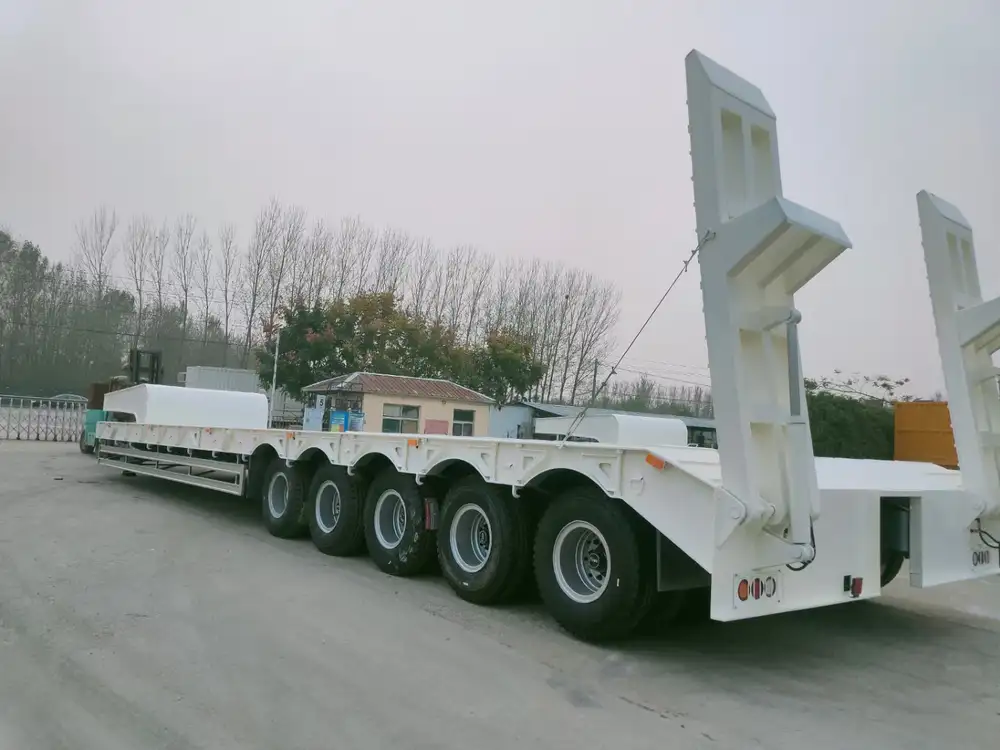
2. Refrigerated Trailers
Reefer trailers are insulated and equipped with refrigeration units to carry perishable goods, such as food products or pharmaceuticals. These trailers often have similar dimensions to standard dry vans but are usually slightly heavier due to insulation and refrigeration equipment.
3. Dry Van Trailers
The most common type of semi-trailer, dry vans are enclosed trailers used to transport non-perishable goods. They come in various lengths, typically between 48 and 53 feet.
4. Tanker Trailers
These trailers are designed to carry liquids, such as fuel or chemicals. The design includes specific safety features to handle the transportation of hazardous materials.
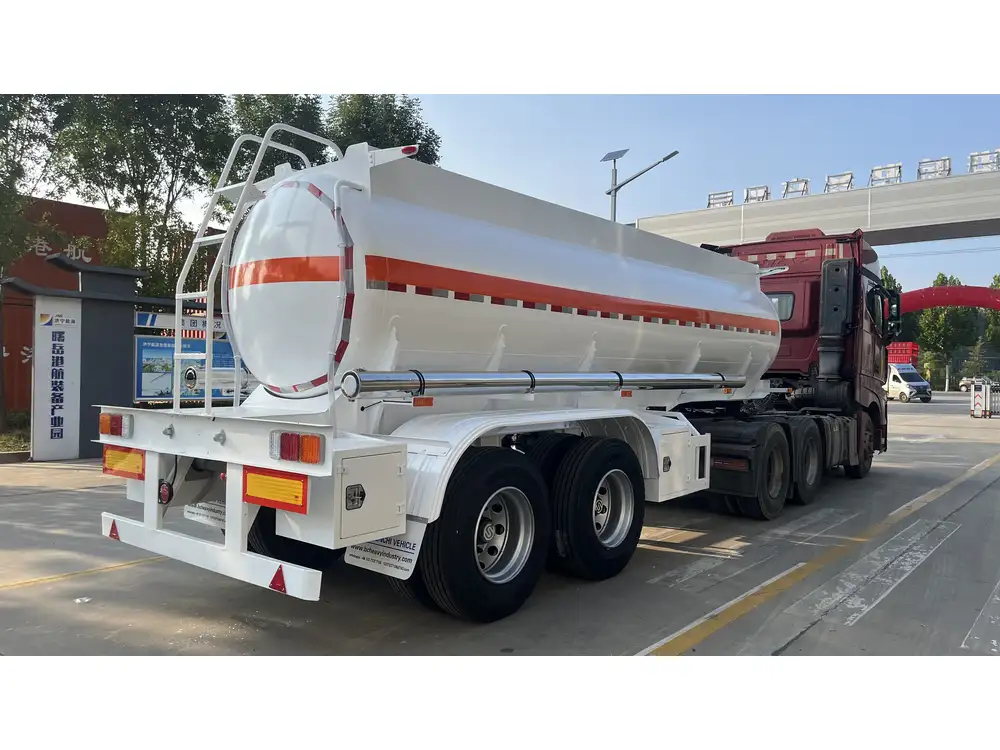
5. Specialty Trailers
These may include car haulers, lowboys (for heavy machinery), or equipment trailers, each tailored to meet unique cargo transport requirements.
Legal Regulations and Compliance
Importance of Adhering to Truck Dimensions
Understanding and adhering to the dimensions and weight regulations is paramount in the trucking industry to ensure legal compliance and safety. Failure to comply can lead to hefty fines, increased liability, and even suspension of operating licenses.
| Regulation | Description |
|---|---|
| DOT Standards | Regulations established by the Department of Transportation regarding size and weight. |
| State Regulations | Each state may have different laws that need consideration for both Interstate and Intrastate commerce. |

The Evolution of Semi-Trailer Design
Over the years, the design of semi-trailers has seen significant evolution due to advancements in materials, technology, and a focus on aerodynamics. Modern semi-trailers often employ lightweight materials that reduce overall weight, enhancing fuel efficiency without sacrificing durability.
Innovations Impacting Semi-Trailer Dimensions
- Aerodynamic Designs: Streamlined trailers reduce air resistance, improving fuel efficiency.
- Composite Materials: Lightweight composites lead to increased payload capacities without exceeding weight regulations.
- Advanced Suspension Systems: These enhance ride quality, improving safety and reducing cargo damage.
Maintenance and Safety Considerations
Regular maintenance of semi-trailer trucks is crucial to ensure compliance with safety regulations and to prevent mechanical failures. Below are key areas of focus:
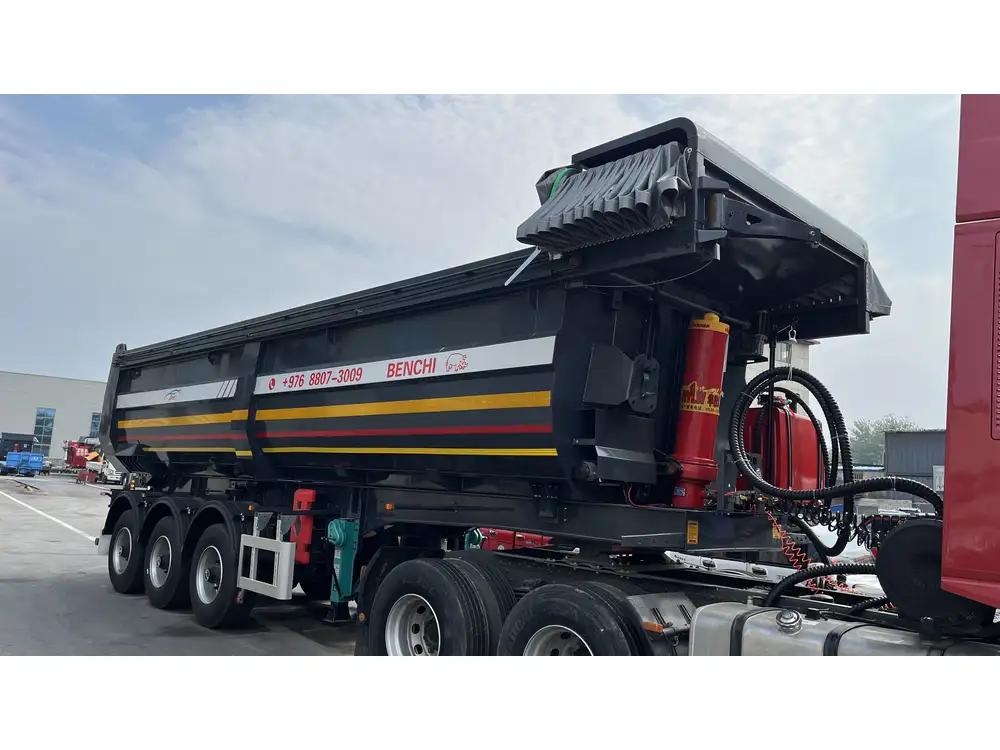
Routine Inspections
- Tires: Check for proper inflation and tread wear.
- Brakes: Inspect for functionality and wear.
- Lights: Ensure all lighting is operational for visibility.
- Load Security: Validate that cargo is secured to prevent movement during transit.
Weight Distributions
Proper weight distribution across axles is vital not only for compliance with legal regulations but also for optimizing performance and safety.
Practical Tips for Choosing a Semi-Trailer
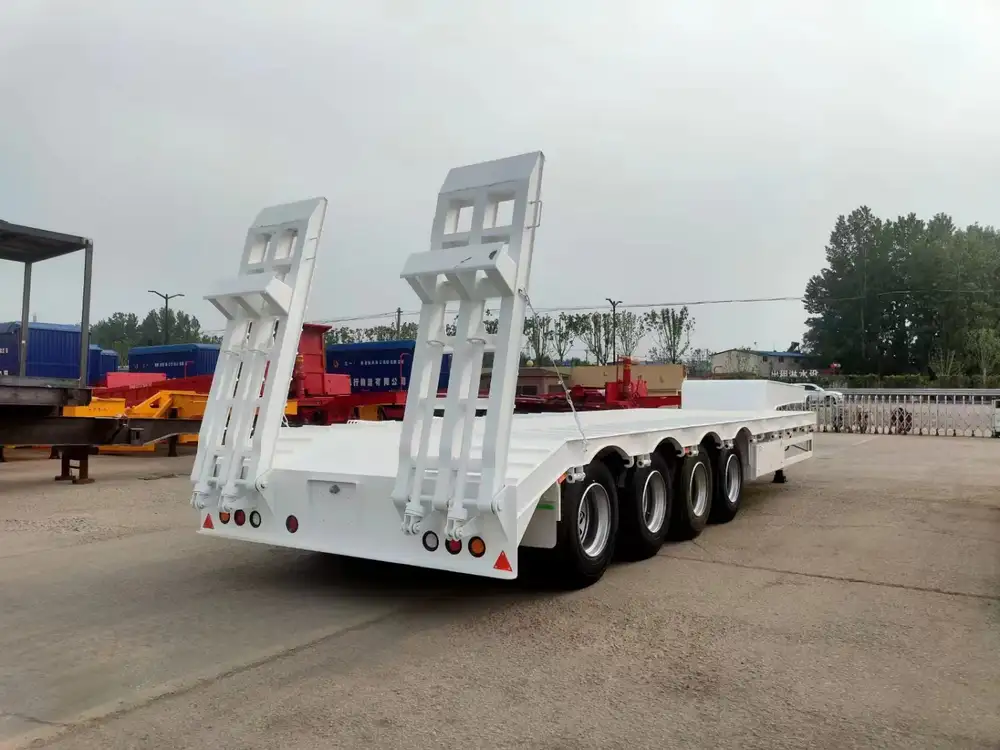
Consider Your Cargo Type and Volume
Assess your typical cargo characteristics to make an informed choice on trailer type and size. For instance, refrigerated trailers are essential for perishables, while flatbeds suit oversized loads.
Evaluate State Regulations
Carefully review both federal and state laws pertaining to truck sizes and weights to remain compliant throughout your operational radius.
Choose Lightweight Materials
Investing in semi-trailers built from advanced lightweight materials can enhance fuel efficiency and increase allowable cargo weight without violating weight restrictions.
| Criteria | Considerations |
|---|---|
| Cargo Type | Review specific needs for cooling or shelter |
| Regulations | Stay up-to-date with state-specific requirements |
| Material Selection | Choose to optimize performance and longevity |

Conclusion: Understanding the Dimensions and Regulations of Semi-Trailer Trucks
In summary, comprehending the dimensions of semi-trailer trucks is imperative for efficient logistics and regulatory compliance. From the length and width of the trailers to the various types and their associated regulations, each factor plays a critical role in the overall effectiveness of transport operations. As the logistics landscape continues to evolve, staying informed about dimensions, regulations, and innovations in trailer designs will position manufacturers, logistics managers, and truck drivers for success in a competitive marketplace.
By prioritizing understanding and strategic planning around these dimensions, the road to efficiency, safety, and operational excellence becomes not only achievable but also sustainable amidst ongoing industry changes.



